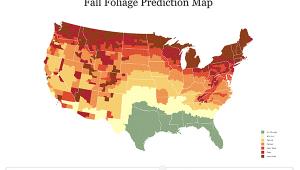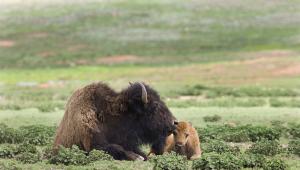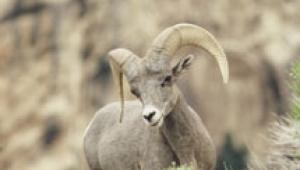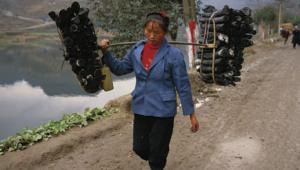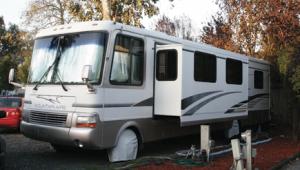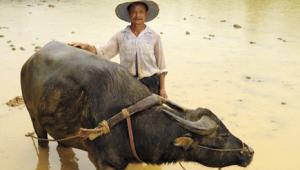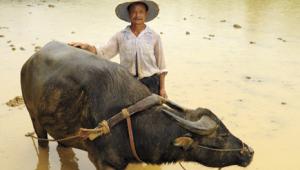Post Cards From The Land Of The Thunder Dragon; Bhutan’s Buddhist Culture Is A Draw For Travel Photographers
Compose your scenes carefully, and the pictures you take today in Bhutan will
not look that different from the ones you might have taken 100 years ago in
another life (Buddhists believe in reincarnation). Walk through the dzongs (temple/fortress),
experience a festival, hike to a remote location in the Himalayas. With a little
imagination, and if you turn off your satellite phone (as I did), you are transported
back in time--a time when Buddhist tradition and architecture were untouched
by modern man. Actually, you don't have to go back that far in time. When
I was a teen-ager in the 1960s, Bhutan had no tourists or telephones. National
schools, currency, mail service, and, yes, tourists, were nonexistent.
Today, Bhutan, which sits on the right shoulder of India, has a national airline
(Druk Air), an airport, hotels, Internet cafes, and many tour operators. It's
a land caught between the past and present, a magical place for photographers,
perhaps number one on my list of top travel destinations.
"You've come at a good time." Those are some of the first
words my guide, Chencho, spoke to me shortly after I arrived in Bhutan, a.k.a.
the Land of the Thunder Dragon (when it thundered, the people of Bhutan thought
it was the roar of a dragon, hence its nickname). Chencho was referring to the
rapid pace at which Bhutan is changing, due to the Kingdom's plan to modernize
and the increasing influence of Western culture.
I echo Chencho's words of advice. Sure, it will take many years for Bhutan
to change, but the longer you wait to go, the more you'll need to use
your imagination to transport yourself back in time, which was easy for us to
do every day, at every location.
On this trip my gear bag held a Canon 70-200mm IS zoom on my Canon EOS-1D Mark
II and a Canon 17-40mm lens on my Canon EOS-1Ds Mark II.
1. Lords of the Cremations Grounds dancers at the annual Paro Tsechu
(Festival). The Paro Festival was the "big draw" for my
Bhutan adventure. The festival, which features dozens of dancers and hundreds
of spectators, is perhaps the most impressive and sacred festival I have ever
attended. The festival has gone on basically unchanged for centuries, with the
dancers performing in a trance-like state, commemorating the life of the tantric
mystic Guru Rinpoche.
For this shot the trick was to find a good shooting position, because the massive
crowd prevented me from moving around. I captured the dancers with a telephoto
zoom and used a fast shutter speed to stop action. It's important to remember
that you are on the perimeter of purified and consecrated ground, so it's
crucial to show respect.
 |
|
|
2. Dance of the Black Hats, annual festival in Dzongdrakha. The festival in Dzongdrakha, which usually takes place the day before the annual Paro Festival, was a bonus, a big bonus, on my trip. It's much less crowded than the Paro Festival, so it offers closer access to the dancers. What's more, it's easy to vary your shooting position. You'll see the same type of dancers at both festivals, but if I had to choose one of the festivals, I would select this one. As things turned out, I got a much higher percentage of good pictures at the festival in Dzongdrakha, which is only a short drive from Paro.
 |
3. Man at prayer wheels, at the Memorial Chorten (religious structure)
in Thimphu. The Memorial Chorten is one of the most visible structures
in Thimphu, the capital of Bhutan (the only capital in the world without a traffic
light). It is where many of the local residents begin their day, praying at
and with prayer wheels, large and small, as they walk around the chorten. The
prayer wheels are filled with prayers (thousands) and the Buddhist believe that
each time the wheel spins, the prayers are said.
For this shot I went early in the morning when the light was soft and diffused.
It made for beautifully lit people pictures. I often worked here with a high
ISO 800. I don't worry about the digital noise; I reduce it in Adobe's
Camera Raw or other raw processing program.
 |
4. Woman at prayer wheels at the Memorial Chorten. Here is another of my favorite photographs from the Memorial Chorten. You may be wondering why I am using two pictures from the same location, having visited several chortens and dzongs in Bhutan. Well, both of these pictures were taken during my first few hours in Bhutan. They are among 20 or so "keepers" from the photo session. If you make the trek to this destination on the other side of the planet, my guess is that you'll be presented with more photo opportunities than you can imagine.
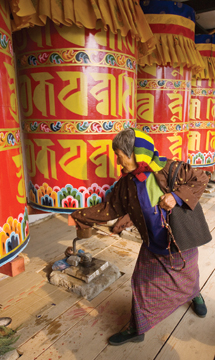 |
5. Dochu La Pass. At an altitude of 10,500 ft, Dochu La Pass,
located along the one and only road that runs across Bhutan, offers a magnificent
view of some of the most remote areas of Bhutan--on a clear day. The stupa
(religious structure) in the center of this photograph is surrounded by 108
smaller stupas. The memorial honors those killed, on both sides, in a conflict
between the Buthanese army and Indian insurgents who were hiding in Bhutan.
Hundreds of prayer flags, draped between the surrounding trees, carry prayers
through the air as they blow in the wind.
- Log in or register to post comments
